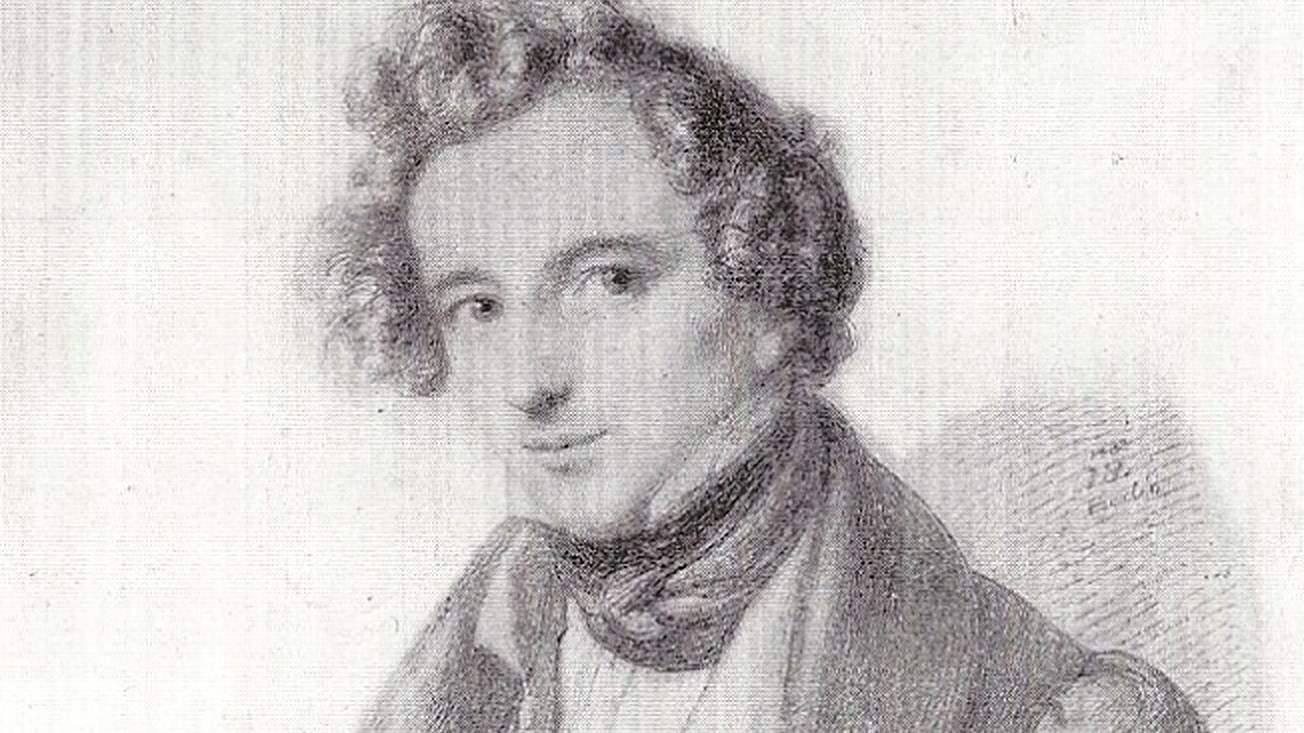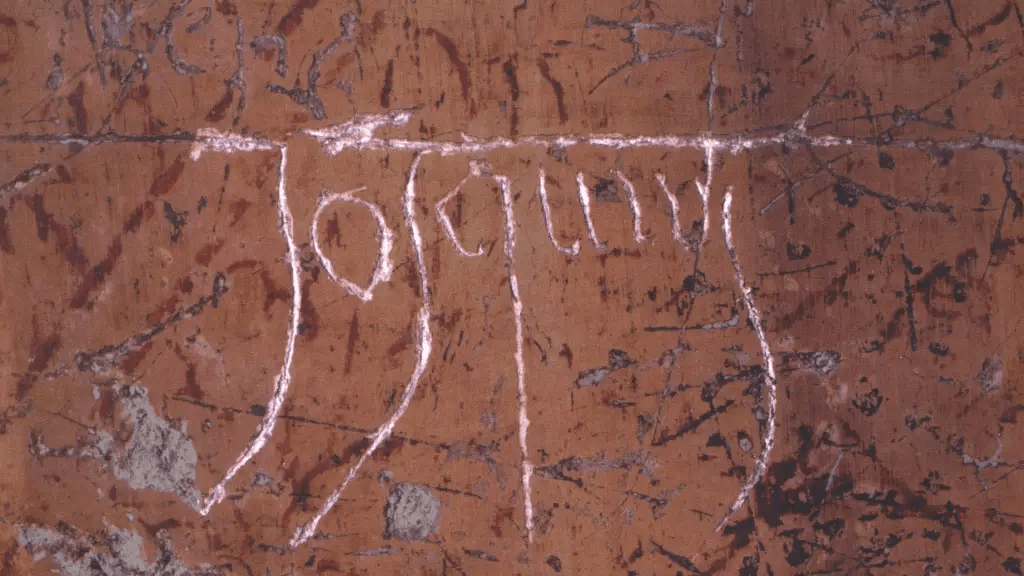David Diamond’s “The Enormous Room”: A Fantasia Inspired by Cummings
In the 1922 autobiographical novel, The Enormous Room, the American author E.E. Cummings detailed his temporary imprisonment in a French detention camp during the First World War. Cummings, who in 1917 had recently graduated from Harvard College, volunteered as an ambulance driver during the war under the auspices of the International Red Cross. Irreverent anti-war letters written by Cummings and his friend, the fellow American, William Slater Brown, attracted the attention of censors, …







